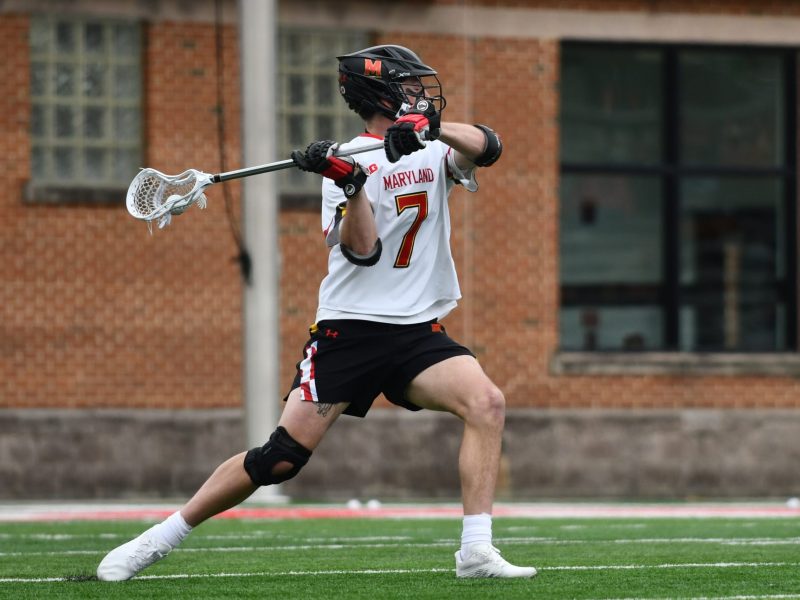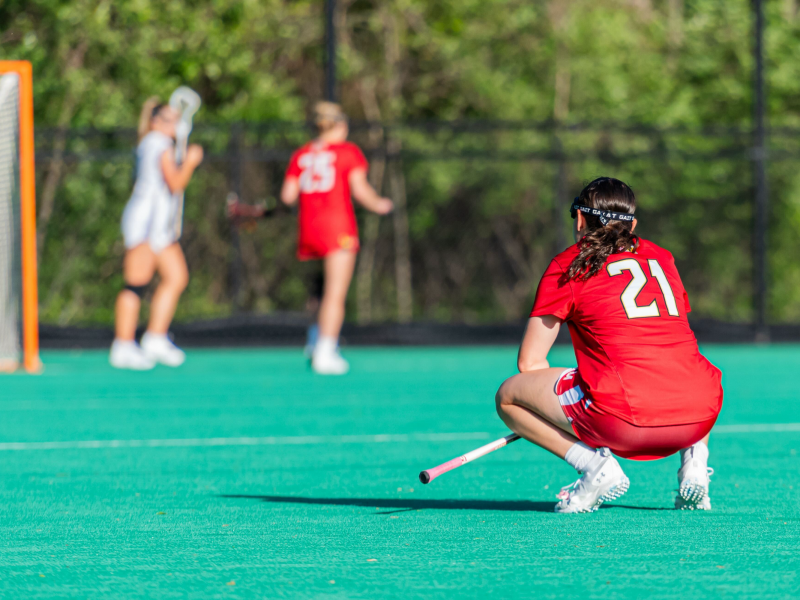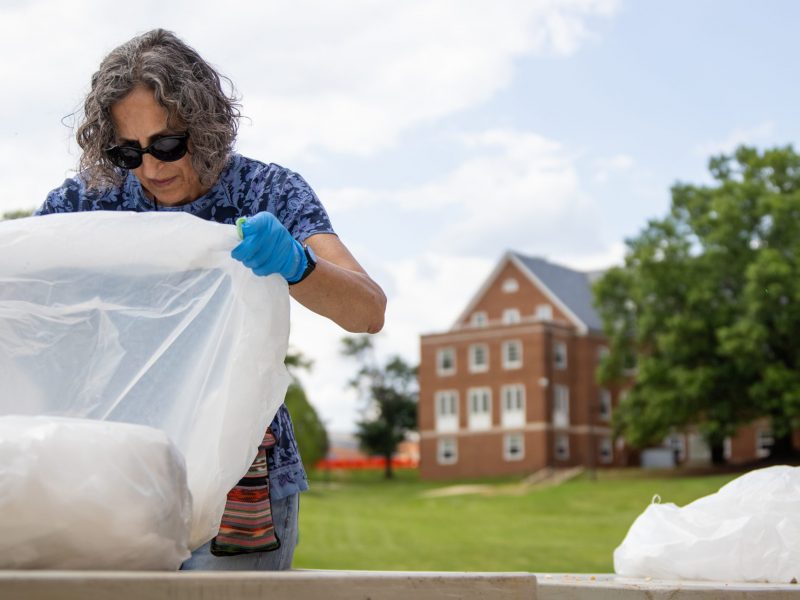Any university runs the risk of excluding certain groups. But when a university has a total student population approaching the size of cities such as Annapolis or Hagerstown, the risk of exclusion is only amplified.
A new federal grant may help change that for one particular group of students: veterans. After the U.S. Department of Education deemed this university a model institution for veterans affairs, the university is eligible to receive nearly $400,000 over the next three years to put toward creating several services to aid veterans making the transition into college life. Veterans entering this university could find an array of new services at their disposal in the years to come, including a Center of Excellence for Veteran Student Success, a veteran student support team and a veterans affairs coordinator who will oversee much of the program.
Such a dramatic influx of funds will allow the university to help smooth the transition for student veterans, who for years have voiced complaints about feeling like outsiders as they make the shift from the barracks to the classroom.
But while this new influx in funds will no doubt dramatically change campus life for student veterans, it must not overshadow the other groups who find the transition period difficult, as well. For as long as veterans have voiced their concerns about the transition period, so have others.
Transfer students who enter the university one or two years after their class has already been here find themselves at a tangible disadvantage when it comes to forming friendships or finding their niche. The aspects of college beyond the classroom, such as clubs and social life, are sometimes lost on these students, who just recently formed their own organization — the Transfer Student Union — in order to have the ability to organize and mobilize on issues they find important.
Moreover, Freshmen Connection students, who are admitted for the spring but can apply to take certain evening classes in the fall, face a steep transition as well. Despite the fact that many are only months out of high school, they are forced to find housing on their own and take classes that don’t start until about 3 in the afternoon and can go as late as 9 p.m. — making it impossible to join many student clubs. Graduates of the semester-long program have voiced mixed reviews, with some saying it made connecting socially with freshmen who entered in the fall nearly impossible.
Certainly these students have not faced the same trauma or stress as some veterans. To compare the specifics of their transition from a community college or high school to coming from a war zone would be foolish. However, each of these groups is linked by the isolation they sometimes feel during their start at the university, and the lack of support services many of them have complained about.
Transfer students and Freshmen Connection students do not have a half-million dollar grant ready to be thrown their way to ease the shift to college life, but that doesn’t mean their troubles should be ignored.
After all, what led to the university’s eligibility for the $400,000 grant in the first place was that it had created an environment for student veterans that made it a model institution. No influx of federal dollars or new university positions did this; it was simply the approach the university took using the means already available.
There is no reason the university cannot be a model for other students as well, whether they be transfer students, those returning to get a degree or commuters. It is simply a matter of where they focus their efforts.
The university has already been awarded for creating a more inclusive environment for vets. Who’s to say the university could not reap rewards for creating such an environment for other students?
Although our campus population is in the tens of thousands, such numbers should not intimidate students. They should instead give students and administrators hope for just how many niches are out there. And this university should be working to find a place for all of them.


